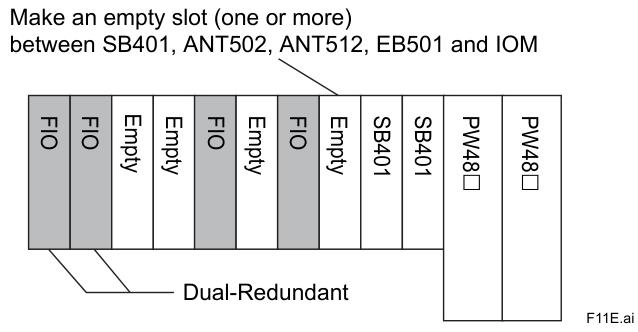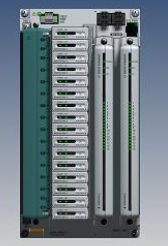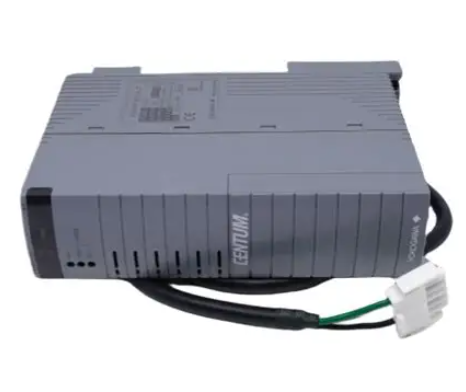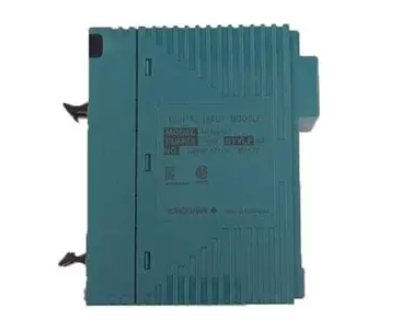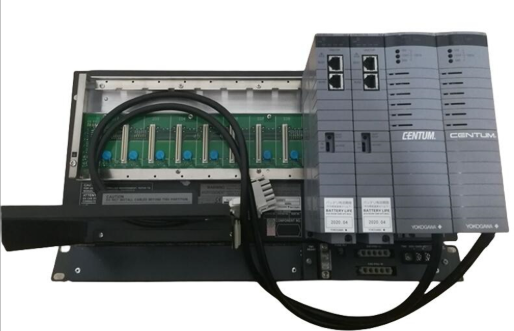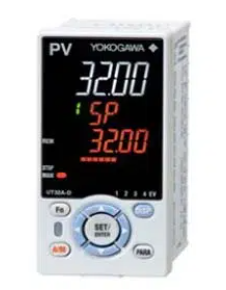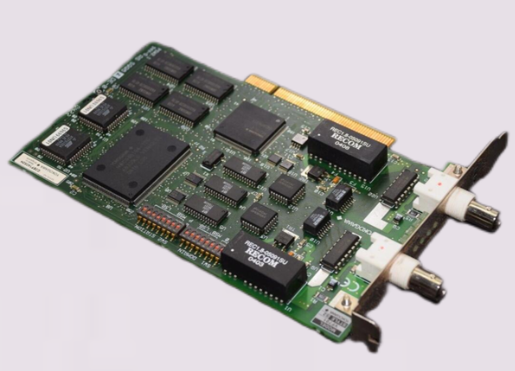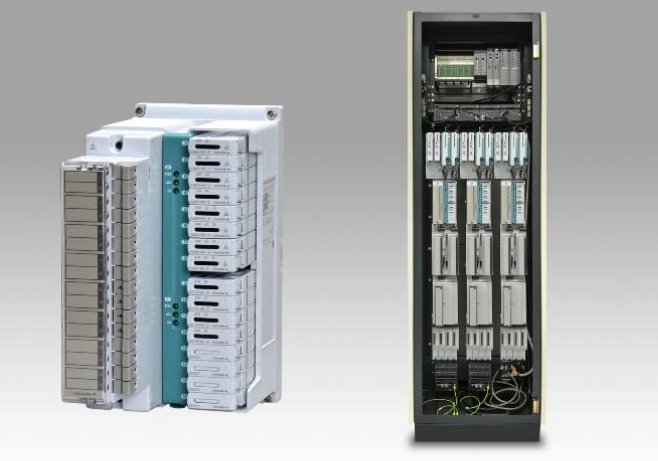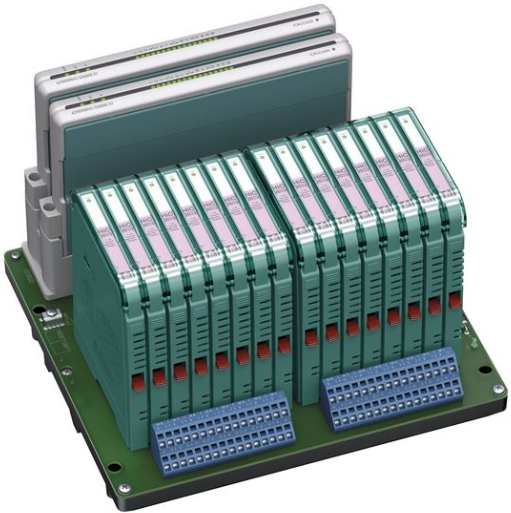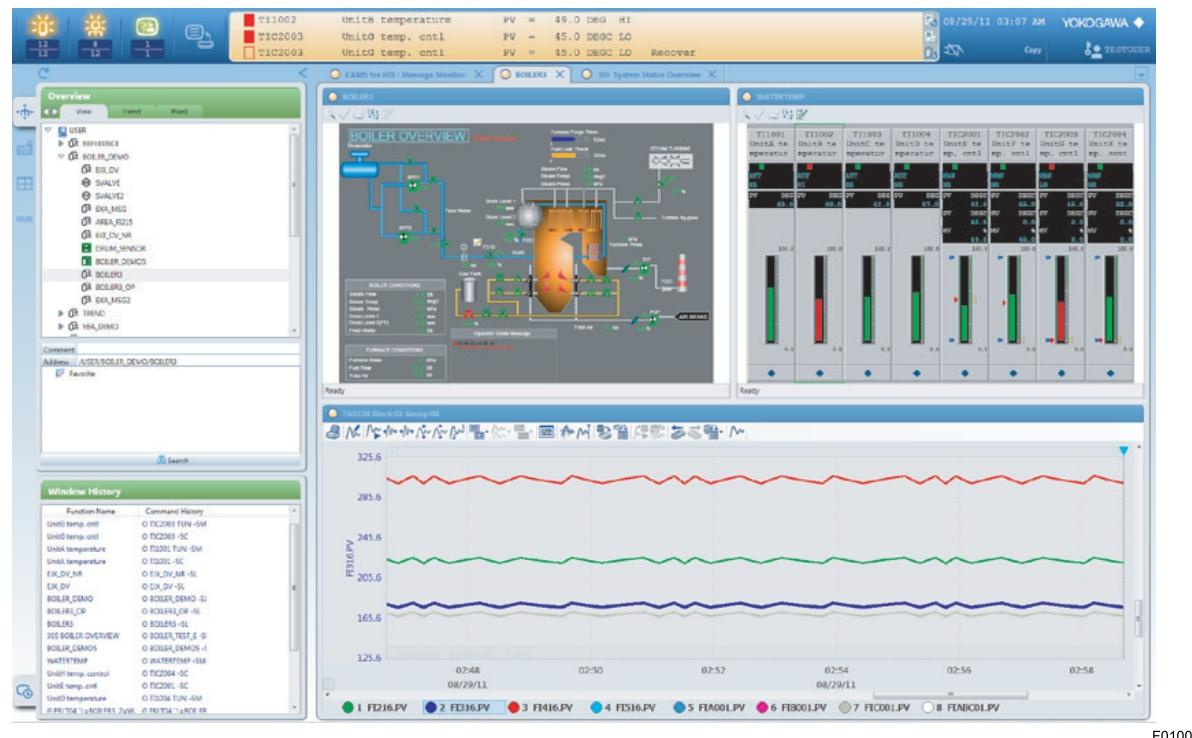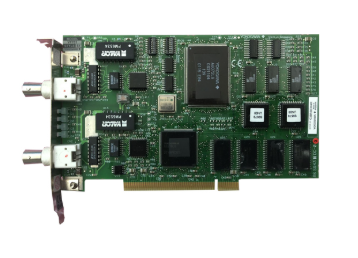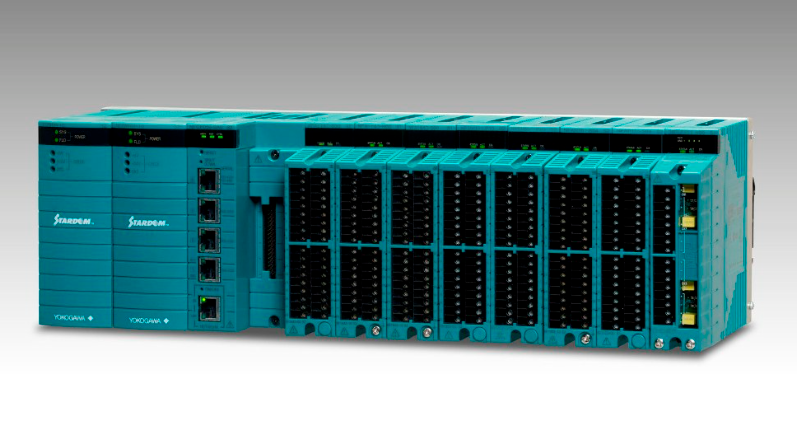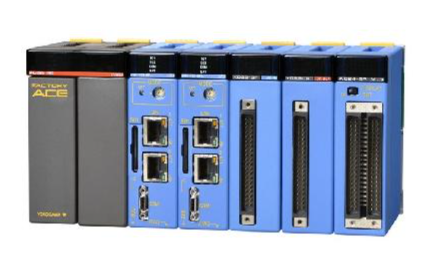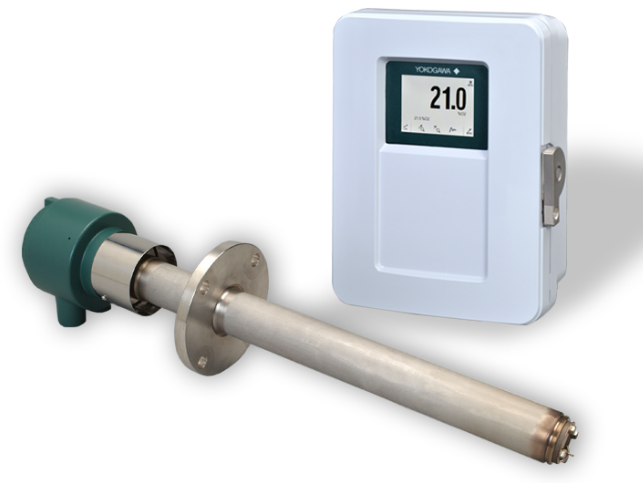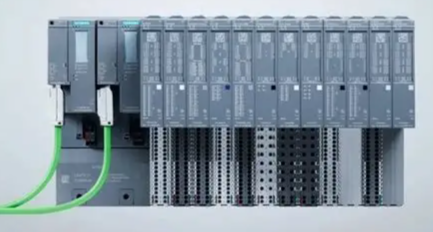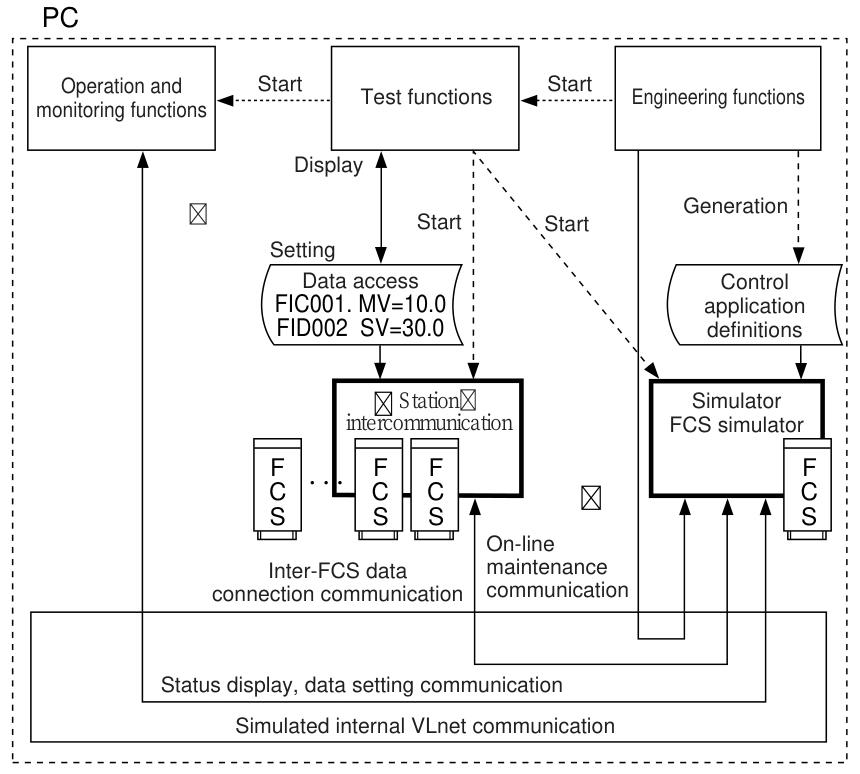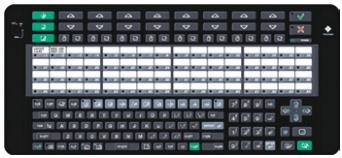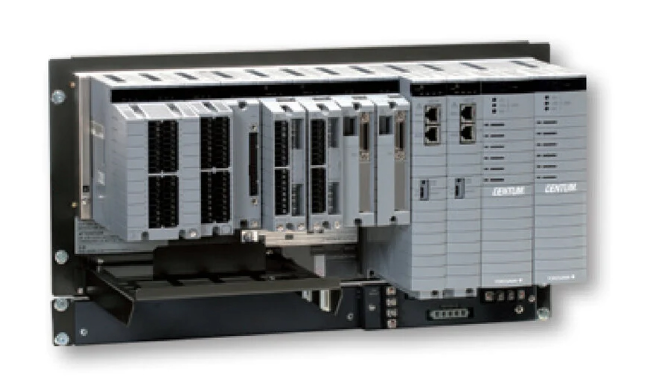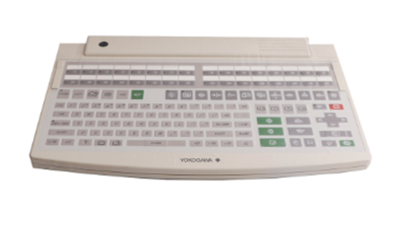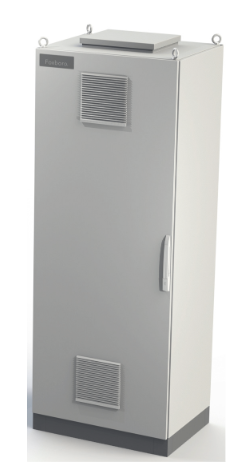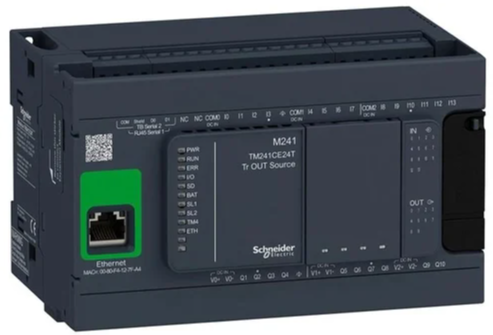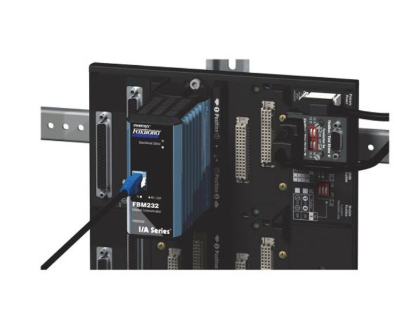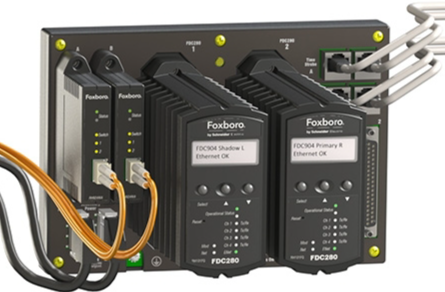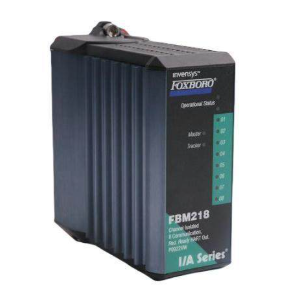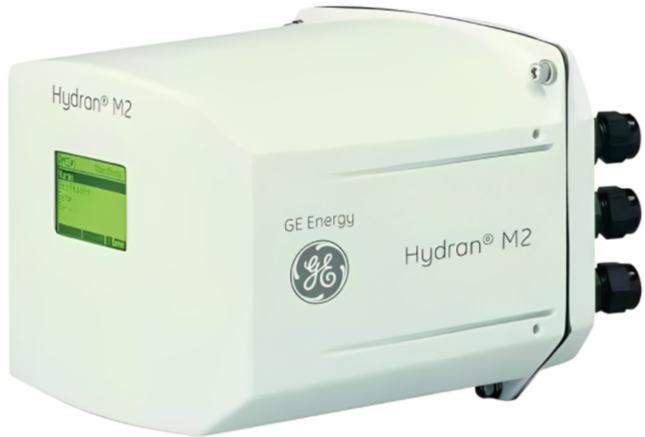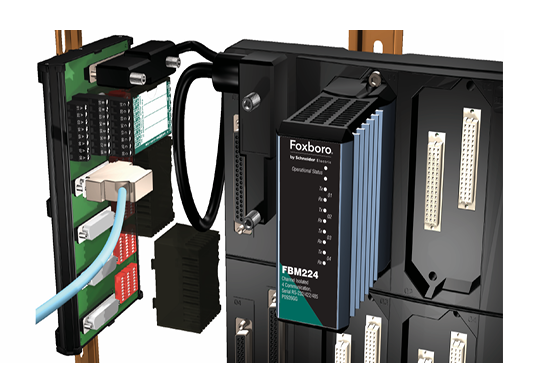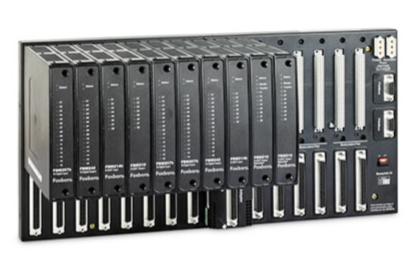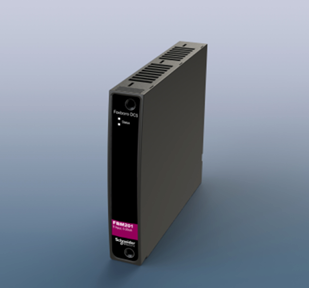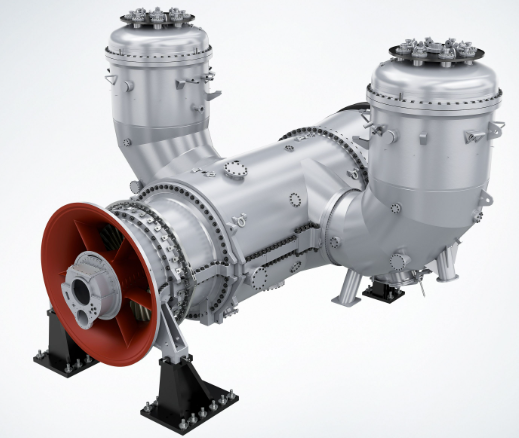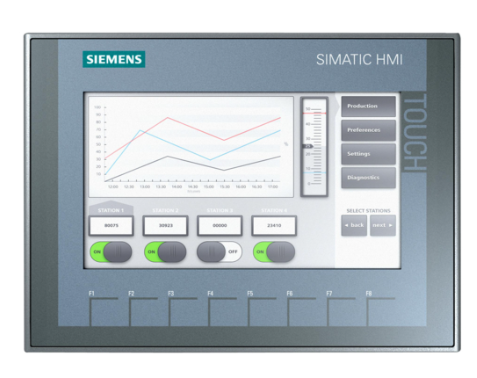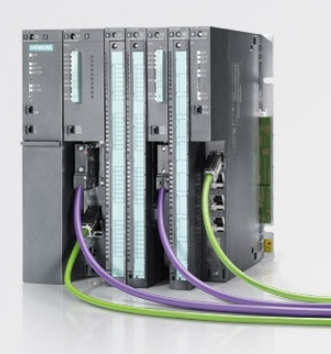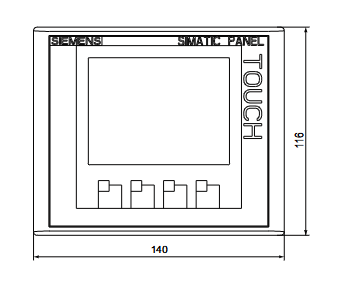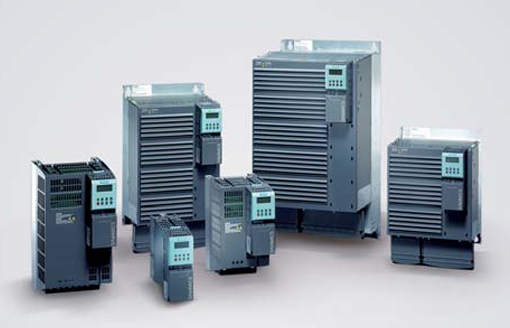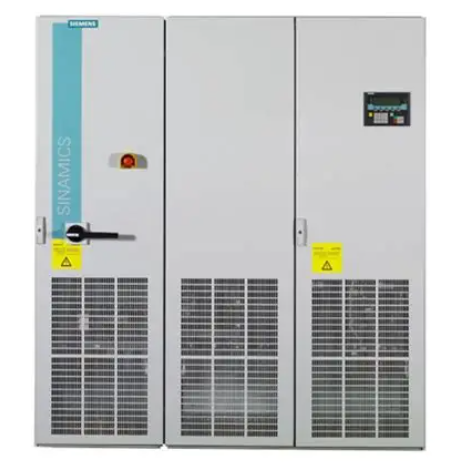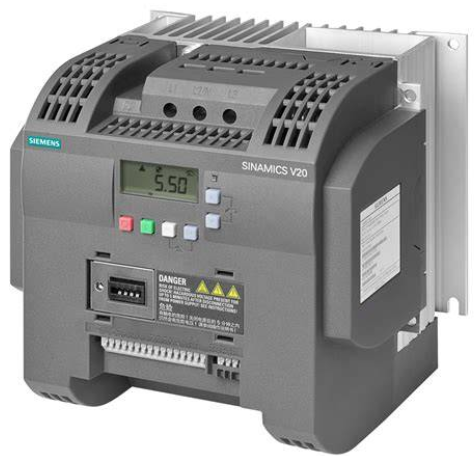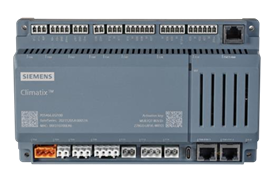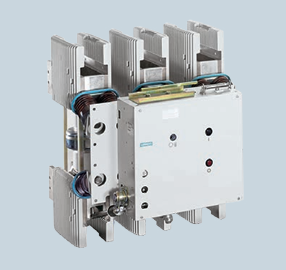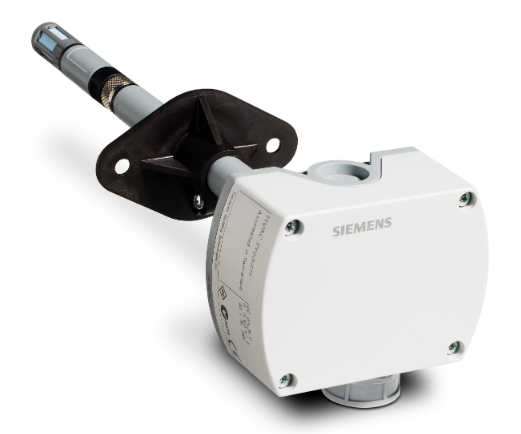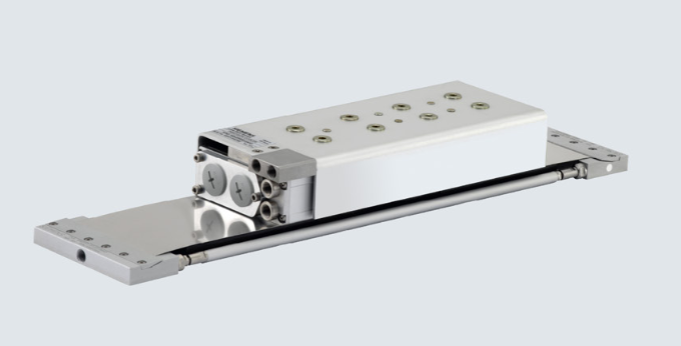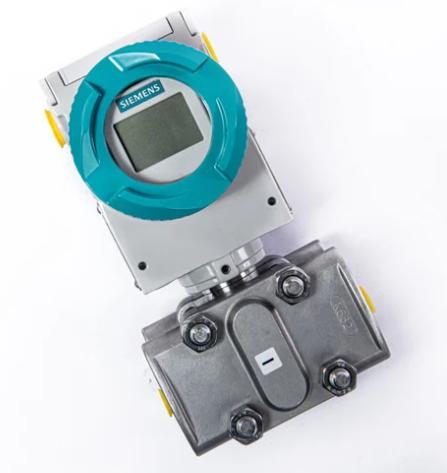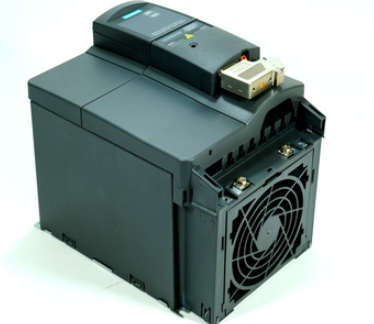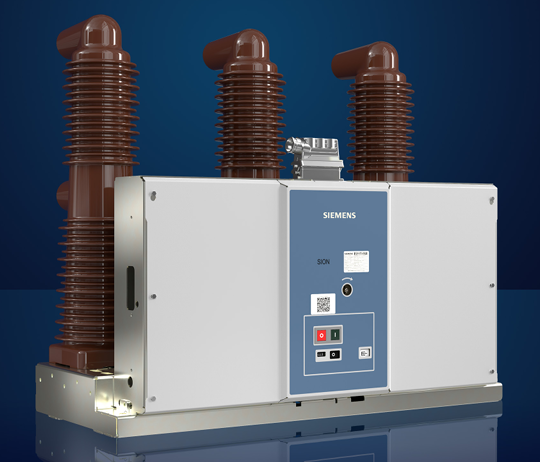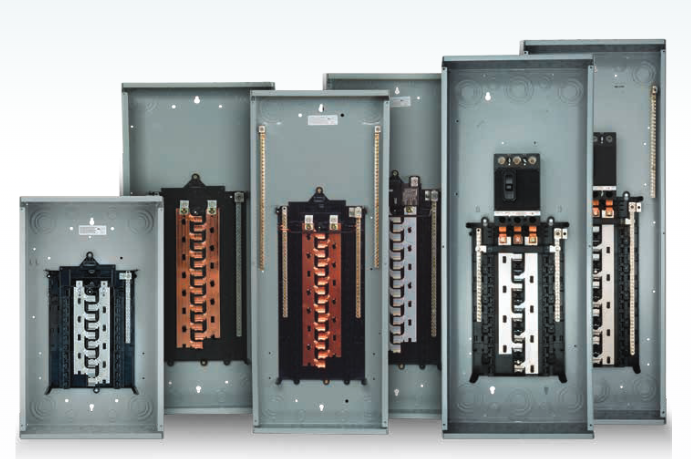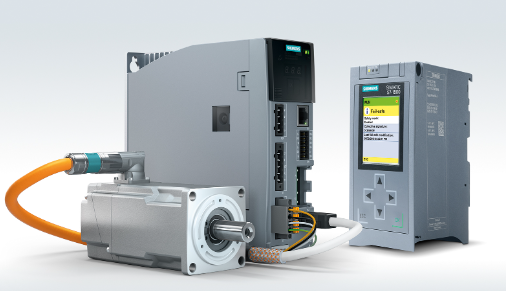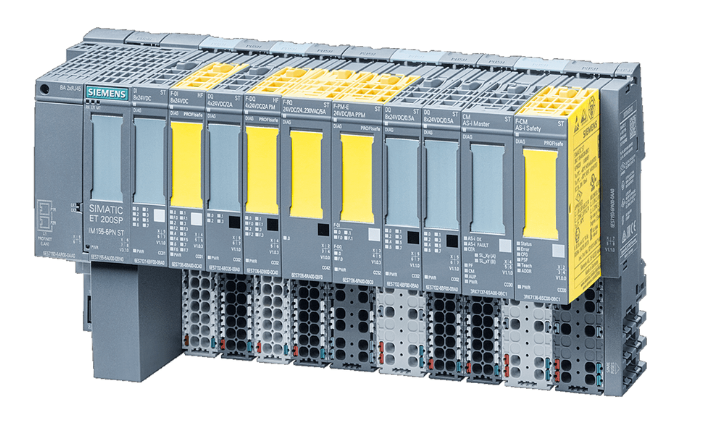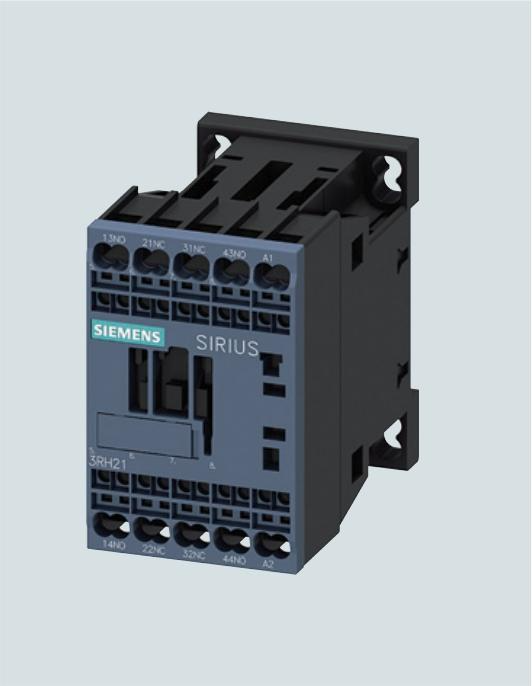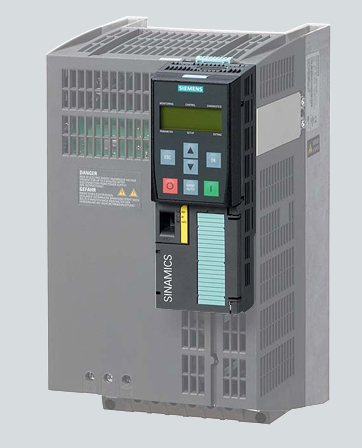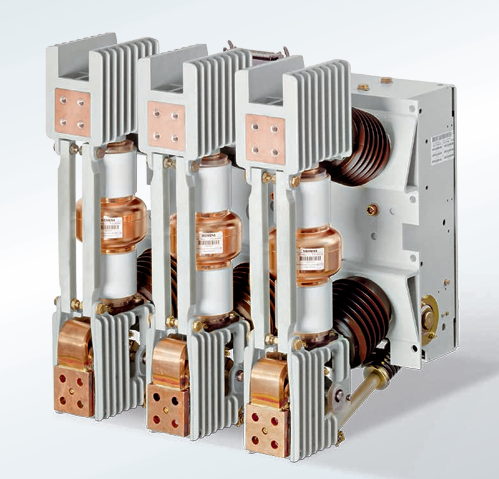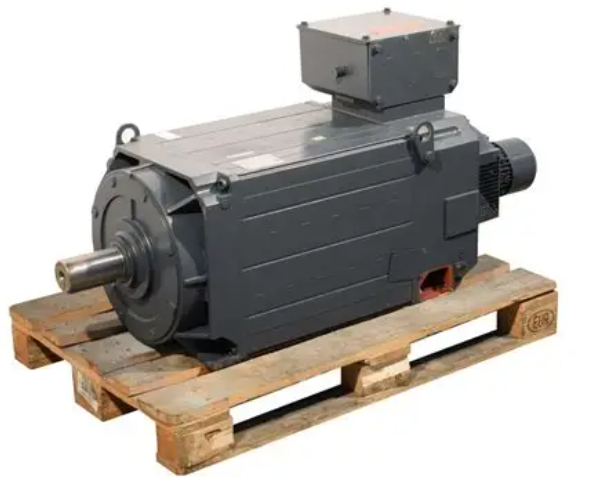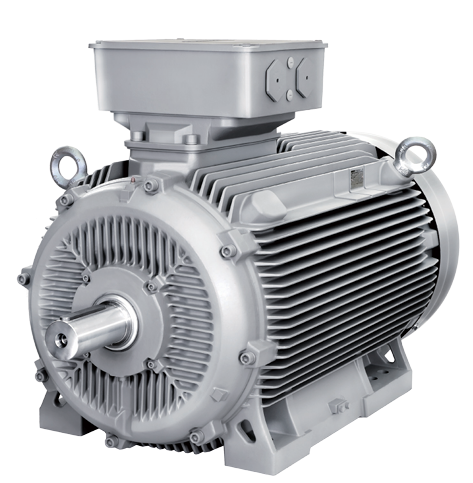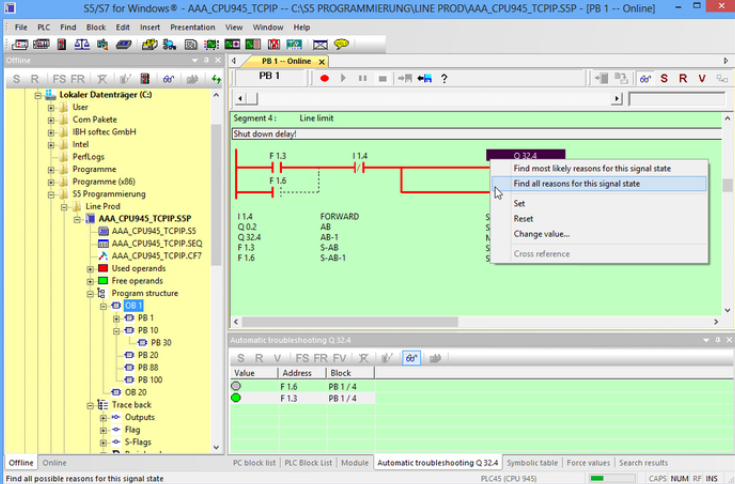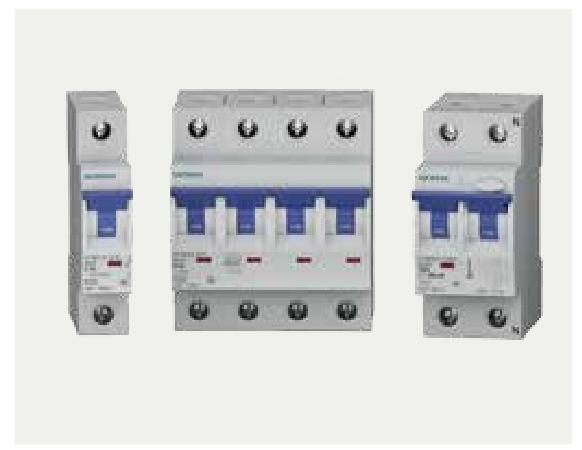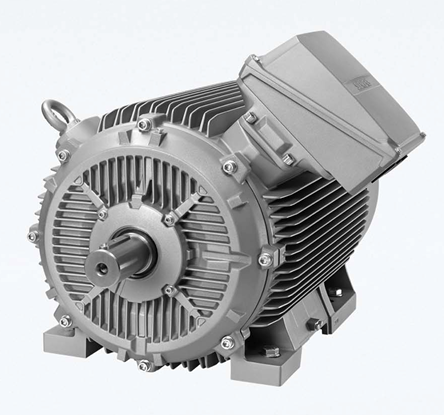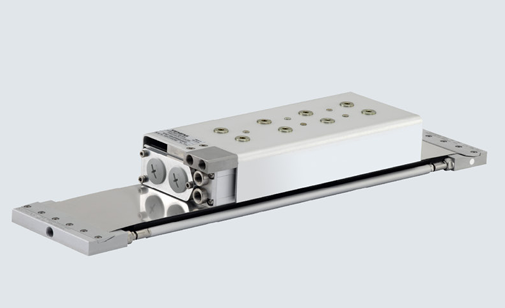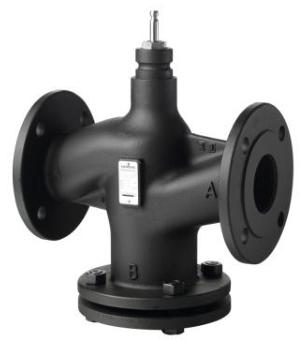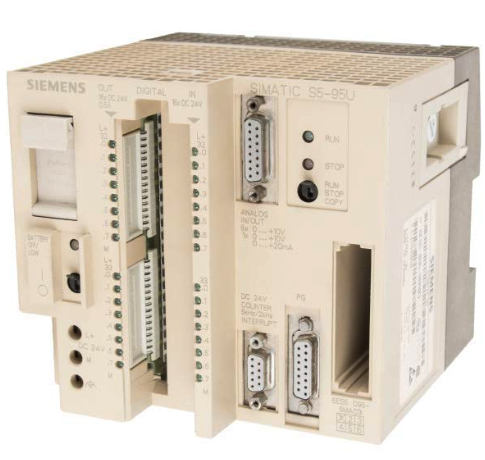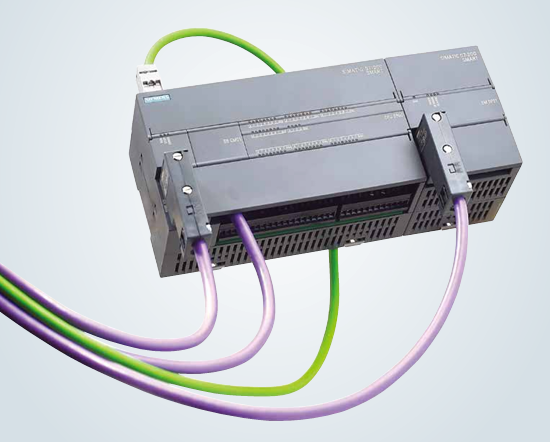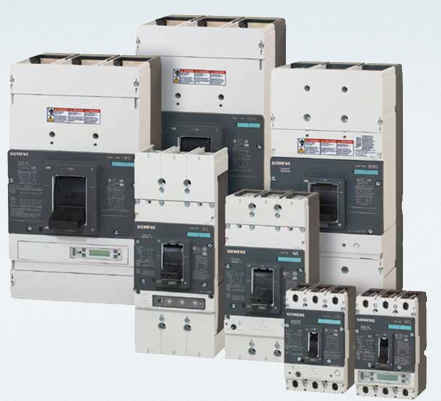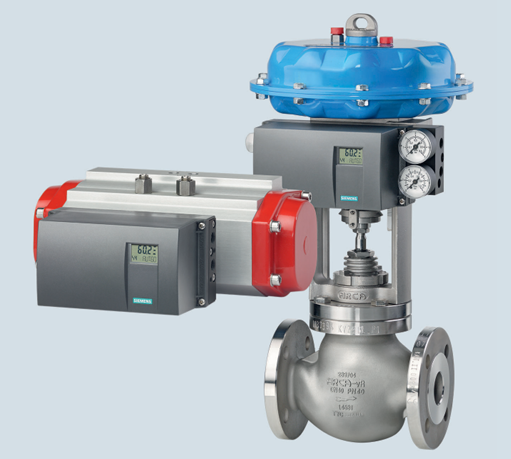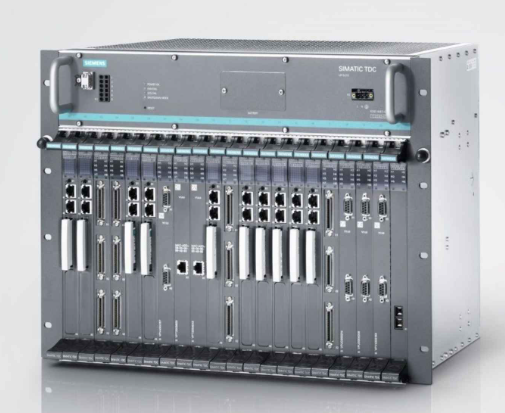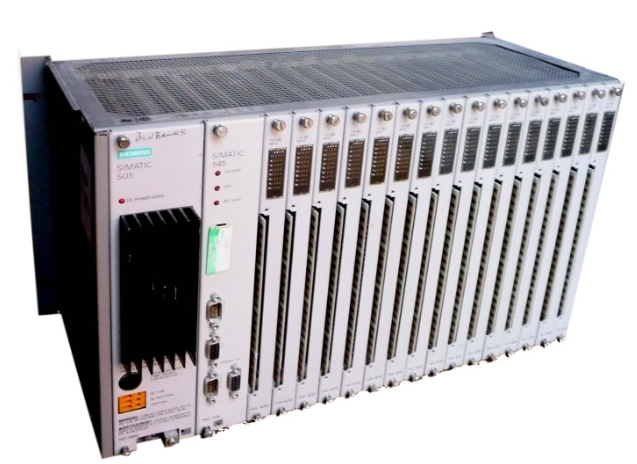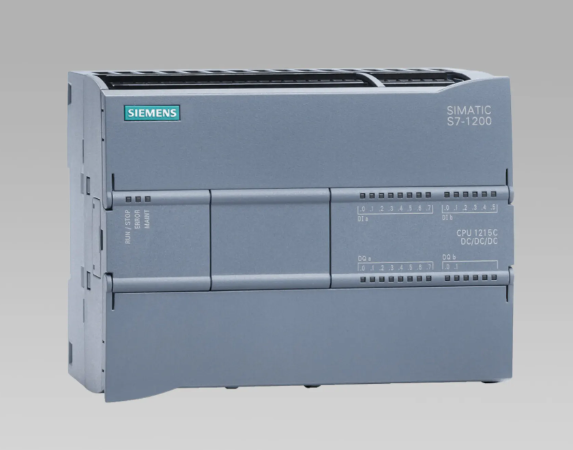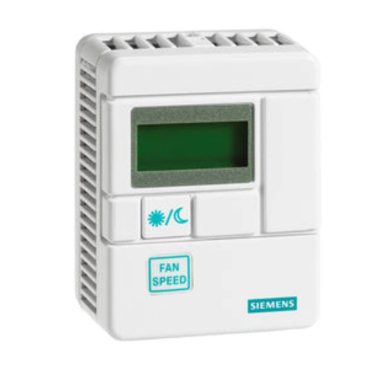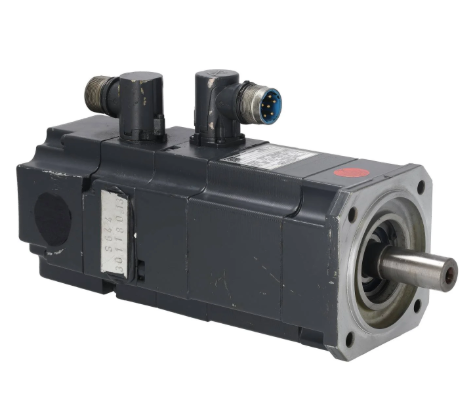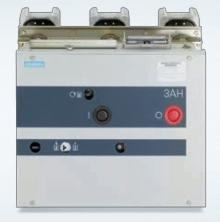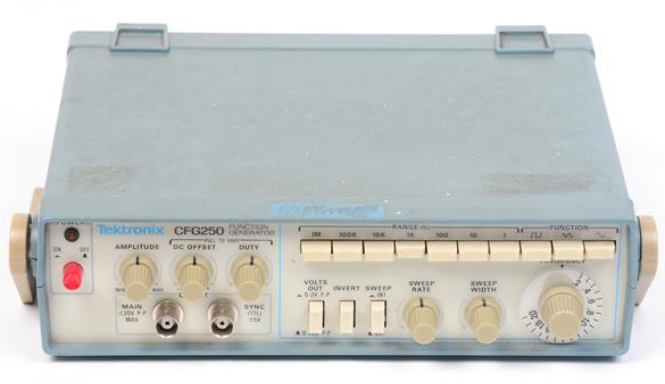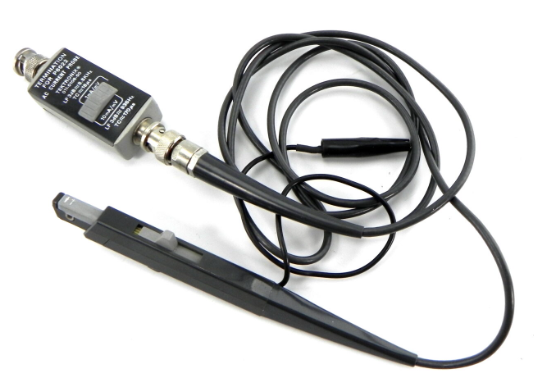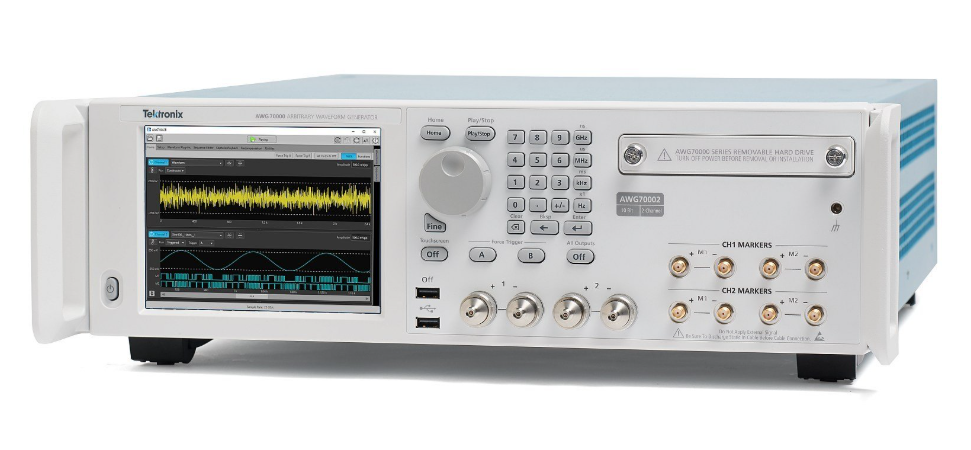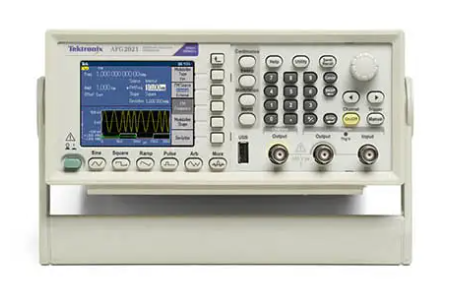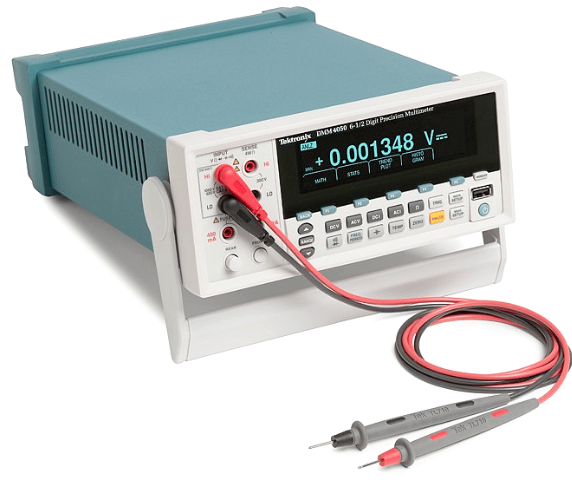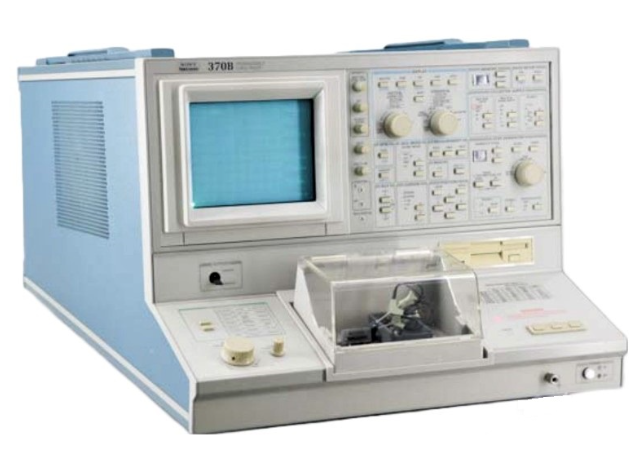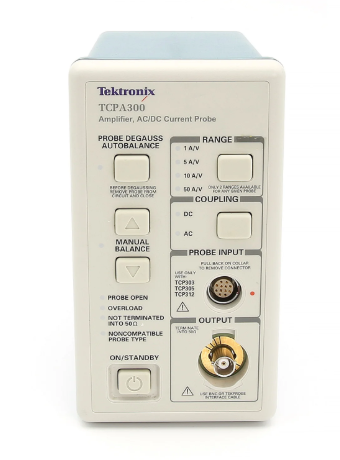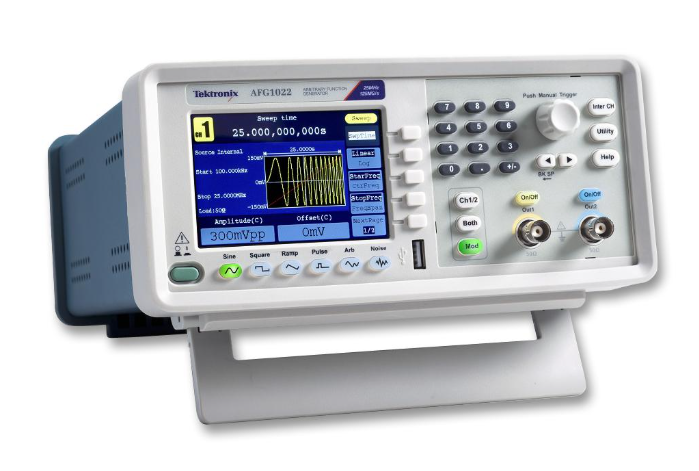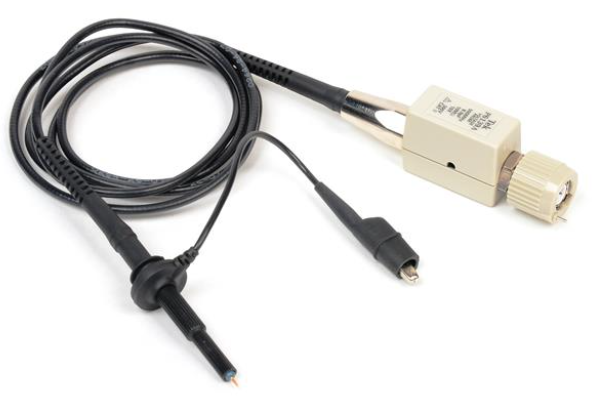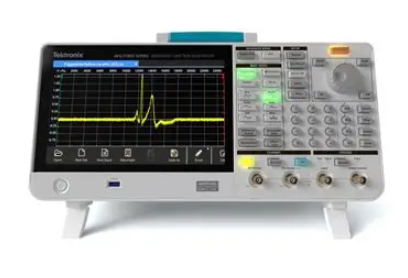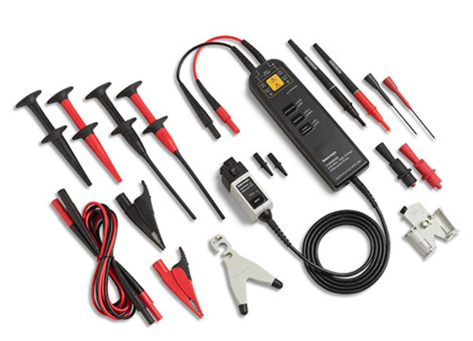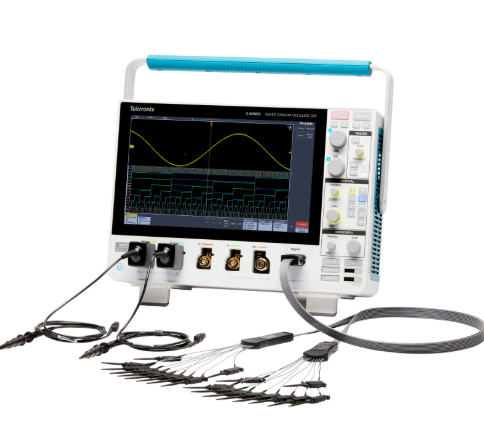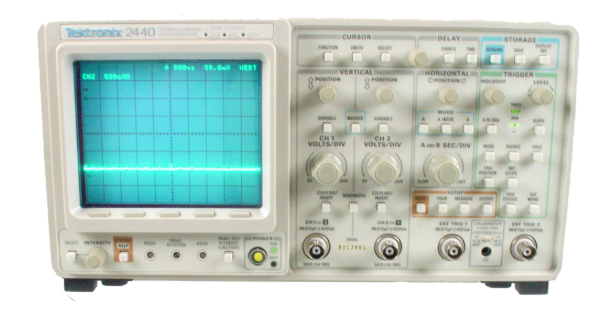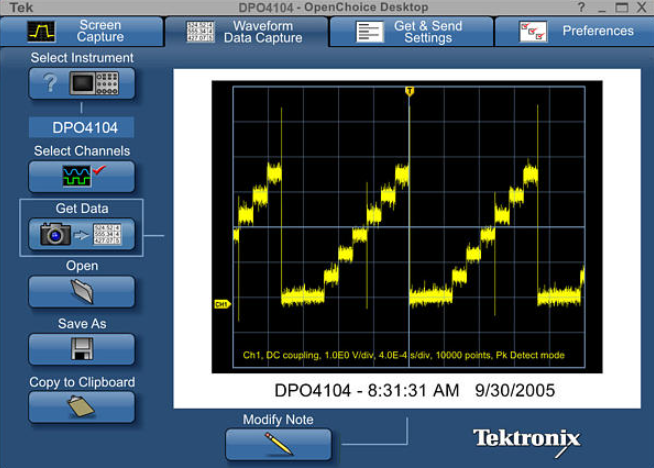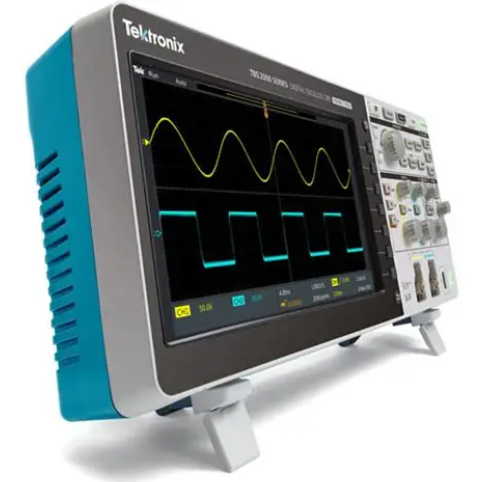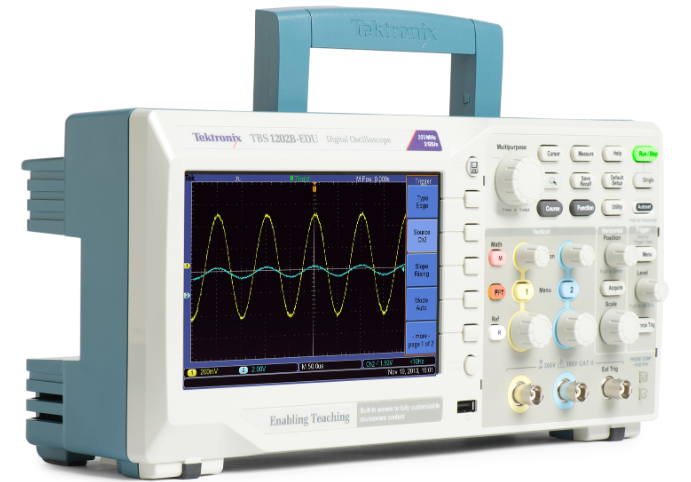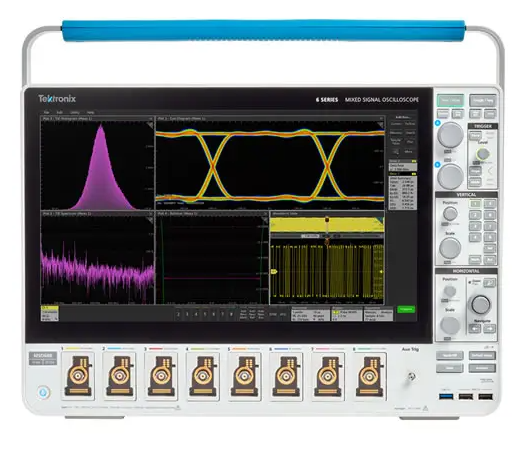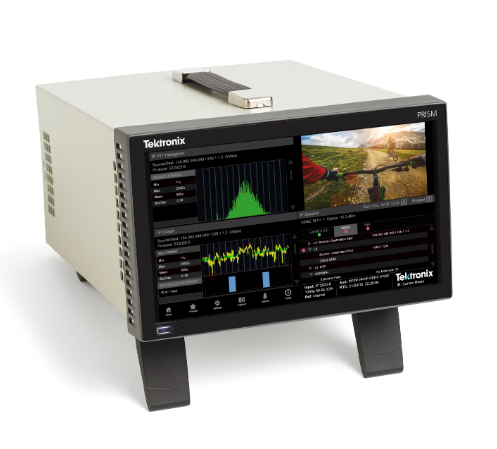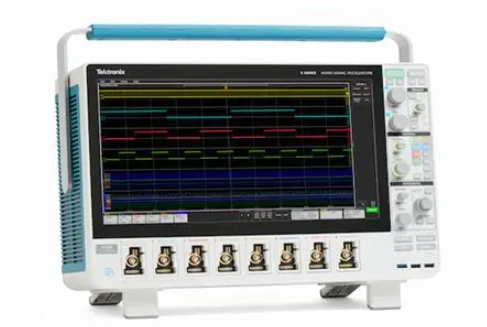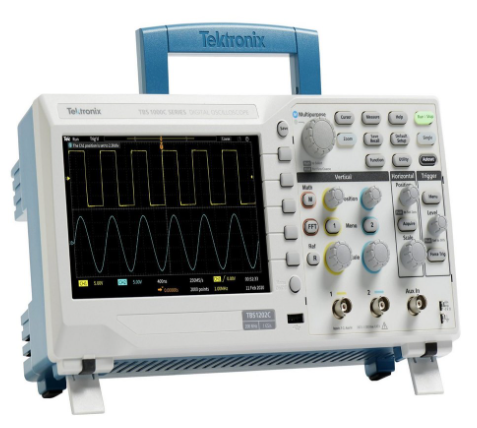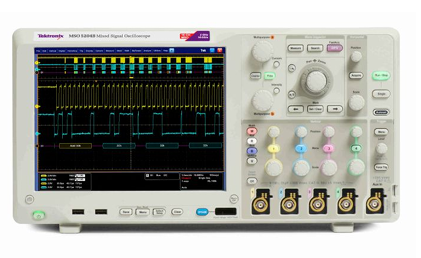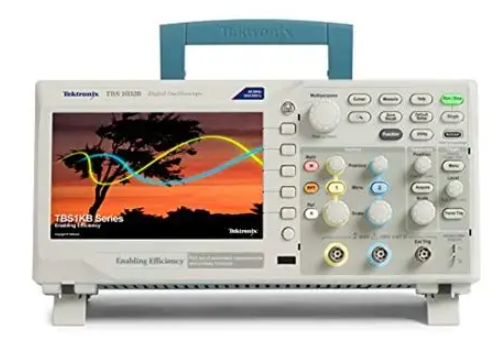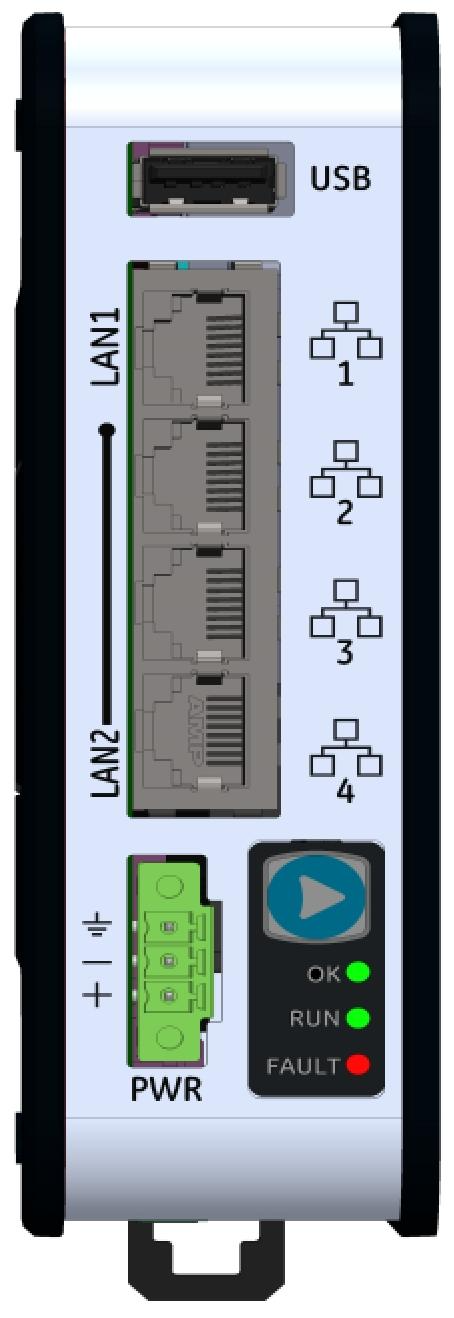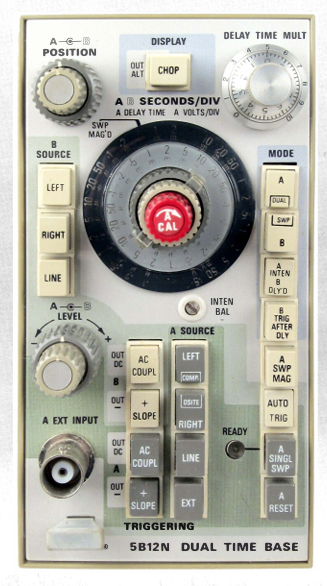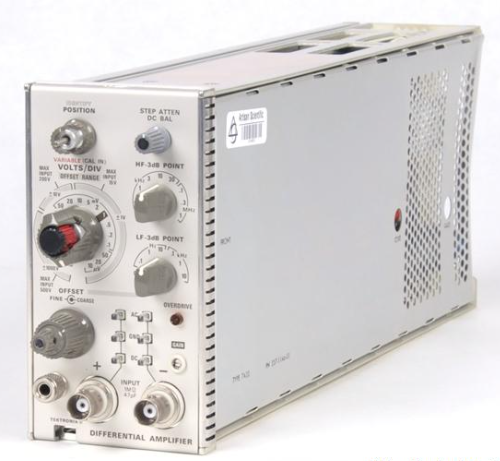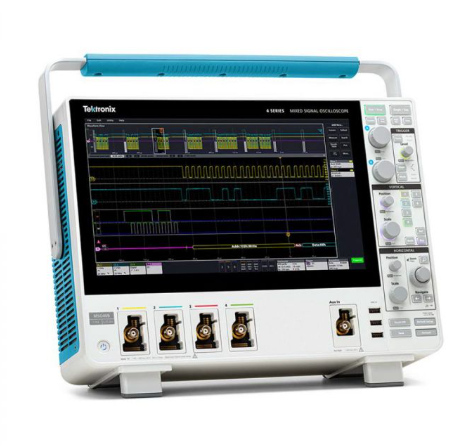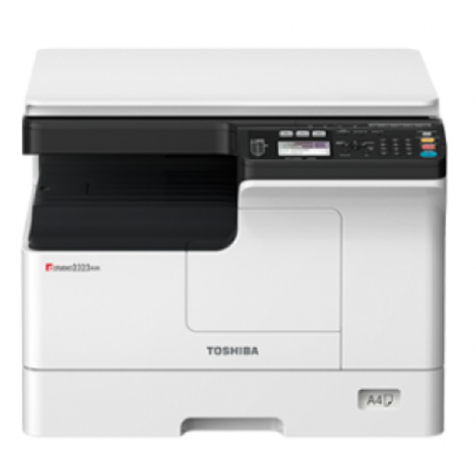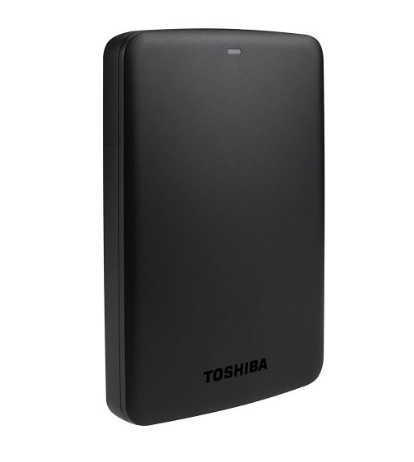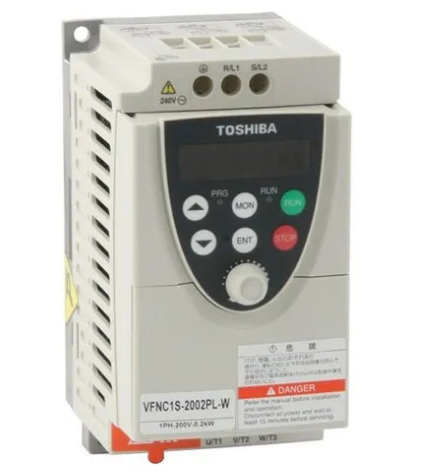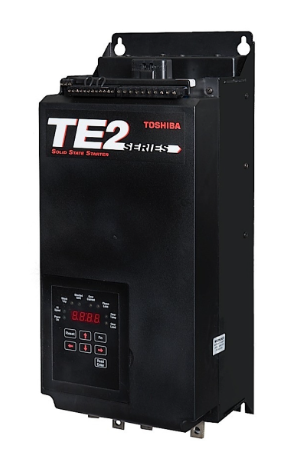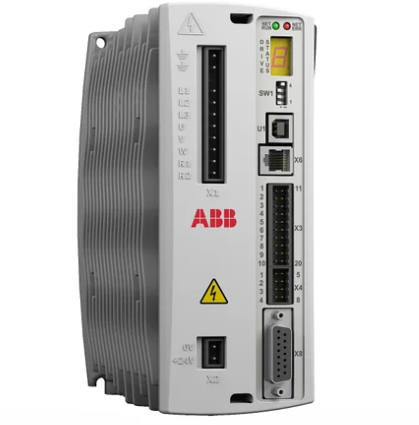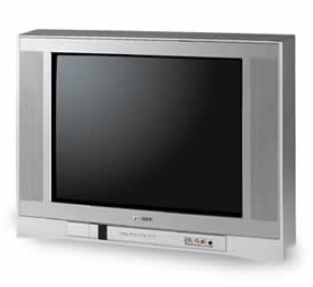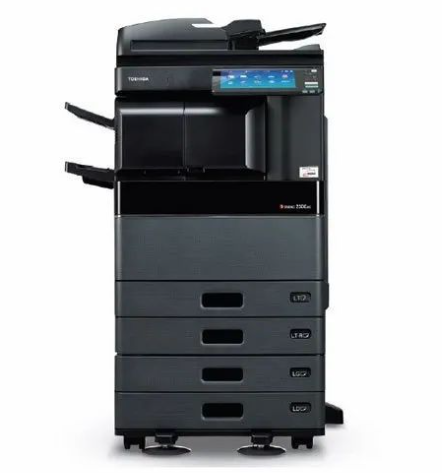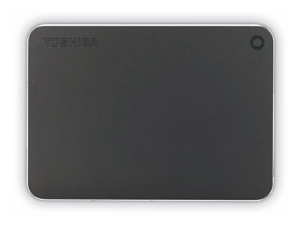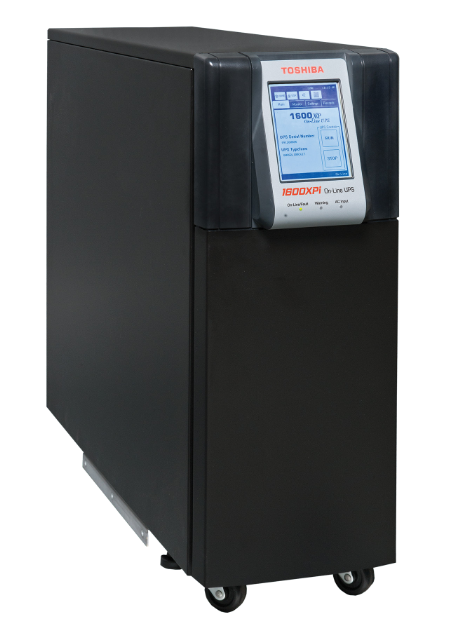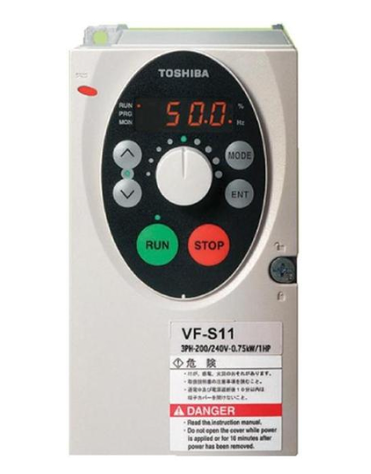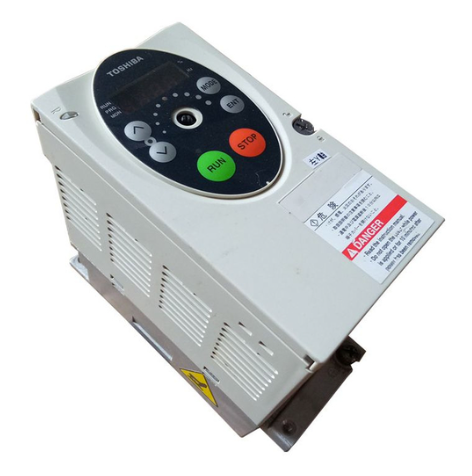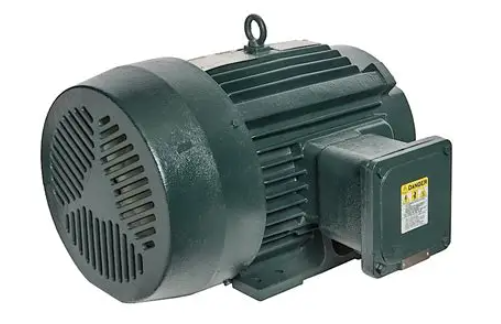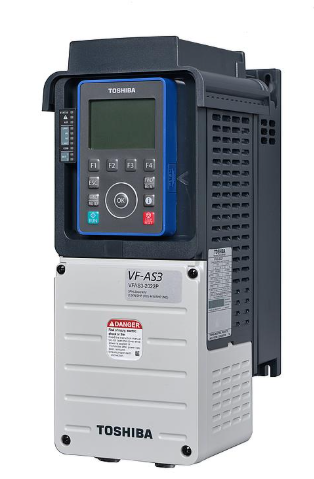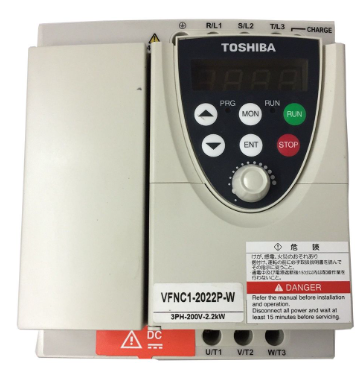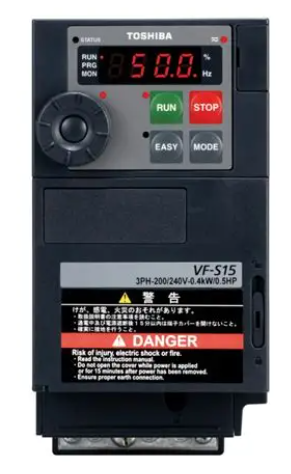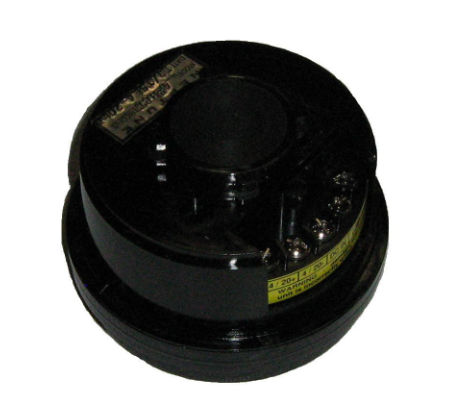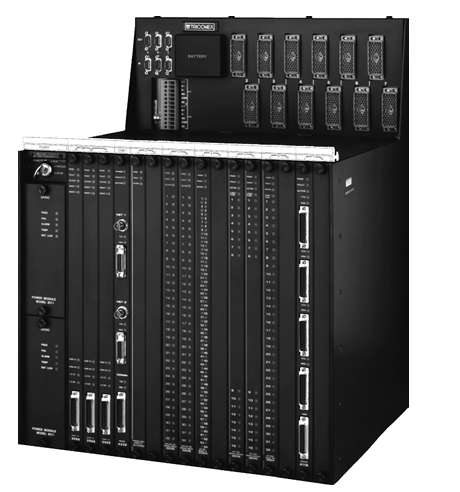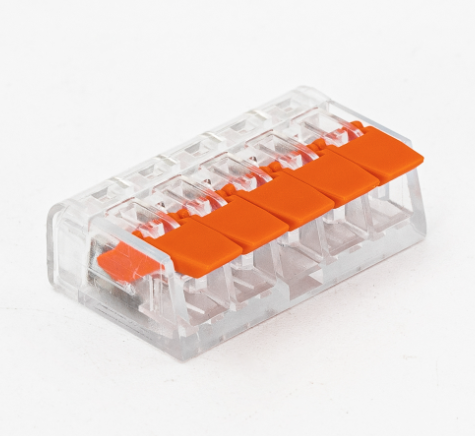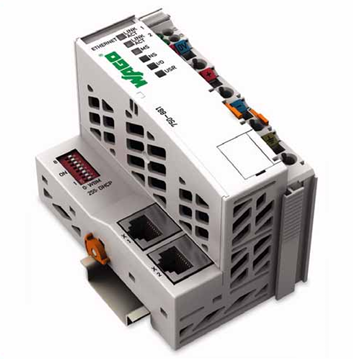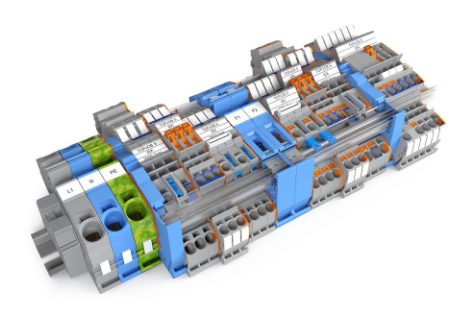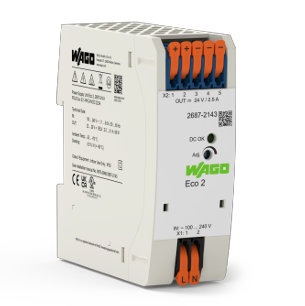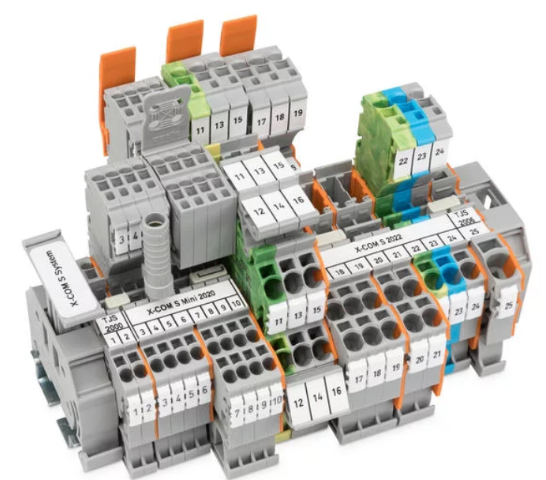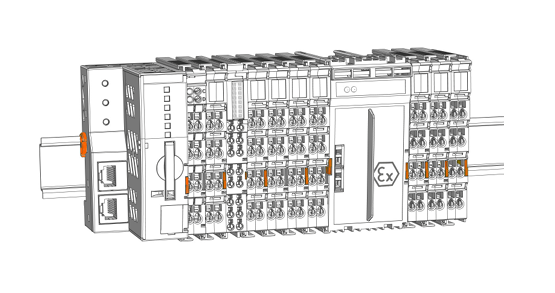

K-WANG


- Telephone:+86-15305925923
- contacts:Mr.Wang
- Email:wang@kongjiangauto.com
ABB SPHSS03 Hydraulic Servo Module
Overview of ABB SPHSS03 Hydraulic Servo Module
Product definition: ABB SPHSS03 Hydraulic Servo Module is a servo control module for hydraulic systems. It is a key component in the hydraulic control system, and its main function is to convert electrical signals into hydraulic signals and accurately control the movements of hydraulic actuators (such as hydraulic cylinders and hydraulic motors), so as to achieve precise control of industrial equipment.
Working Principle
Signal conversion process: The module first receives electrical signals from an external control system, which can be analogue (e.g. voltage or current signals) or digital signals. For analogue signals, the module performs an internal analogue-to-digital conversion (A/D conversion) to convert them into digital signals for processing. Digital signals are analysed and processed directly into the module's microprocessor. The microprocessor calculates the control signal to be output according to the pre-programmed control algorithm and the received signal.
Hydraulic control link: The calculated control signal is used to drive the hydraulic servo valve. The hydraulic servo valve is a high-precision hydraulic control element, which can accurately control the flow and direction of hydraulic fluid according to the input electrical signal. When the control signal is applied to the hydraulic servo valve, the hydraulic fluid flows into the hydraulic actuator in a specific flow rate and direction, thus driving the actuator to produce the corresponding action. For example, for a hydraulic cylinder, the inflow of hydraulic fluid causes the piston to extend or retract. By accurately controlling the flow and timing of the hydraulic fluid, parameters such as displacement, speed and force of the hydraulic cylinder can be precisely controlled.
Feedback and Correction Mechanisms: To ensure accurate control, SPHSS03 modules are often equipped with feedback sensors. These sensors detect parameters such as the actual position, speed or force of the hydraulic actuator and feed this information back to the module. The module compares the feedback signal with the input control signal and calculates the deviation value. According to the deviation value, the module will adjust the output control signal to form a closed-loop control system. Through continuous feedback and adjustment, the actual action of the hydraulic actuator can accurately match the requirements of the control signal.
Performance characteristics
High-precision control performance: It can achieve high-precision hydraulic control, in terms of position control, the position accuracy can reach ±0.05mm - ±0.1mm; in terms of speed control, the speed control accuracy can reach ±0.5% - ±1% of the rated speed; in terms of force control, the force control accuracy can reach ±1% - ±2% of the rated force. This high-precision control makes it suitable for industrial application scenarios that require very high control accuracy, such as precision machining, electronic manufacturing equipment, and so on.
Fast Response Characteristics: It has a fast response capability, and the response time is usually between a few milliseconds and tens of milliseconds. This means that when receiving changes in the control signal, it can quickly adjust the opening of the hydraulic servo valve, so that the hydraulic actuator quickly respond. The fast response characteristic is very important in fast-moving equipment on automated production lines and equipment that requires frequent position adjustments, such as high-speed packaging machinery and robot arms.
Multiple control modes support: Support multiple control modes, including position control, speed control and force control. Users can flexibly select control modes according to specific application requirements. For example, in the operation of assembly robots, when precise placement of parts is required, the position control mode can be used; when the load needs to be moved at a certain speed, it can be switched to the speed control mode; and when precise control of the clamping force is required, the force control mode can be used.
High reliability and stability: It adopts high-quality electronic components and precise hydraulic control components, which has high reliability and stability. It can work normally in harsh industrial environments, such as in the temperature range of - 10 ℃ - + 50 ℃, relative humidity of 10% - 90% (non-condensing), can still ensure the control accuracy and response speed. At the same time, the module may also have some fault diagnosis and protection functions, such as over-current protection, over-voltage protection, high oil temperature protection, etc., in order to ensure that in the abnormal situation can be timely protection of itself and the safety of the hydraulic system.
Technical Parameters
Input parameters
Signal type: Analogue and digital signals can be received. Analogue signals include 0 - 10V voltage signals, 4 - 20mA current signals; digital signals support common industrial communication protocols, such as CAN (Controller Area Network) protocol, EtherCAT (Ethernet Control Automation Technology) protocol and so on.
Signal range: For analogue voltage signals, the input range may be - 5V - + 5V; for analogue current signals, the input range may be 2 - 22mA. The baud rate of the digital signals varies according to the protocols, e.g. for the CAN protocol, the baud rate can reach 125kbps - 1Mbps.
Output parameters
Driving Signal: The output signal to drive the hydraulic servo valve is mainly a current signal, the output current range is generally 0 - 500mA, this range can effectively drive most of the hydraulic servo valves, so that it can accurately control the flow rate and direction of the hydraulic oil.
Resolution: the output signal has a high resolution, such as the current signal resolution of up to 0.05mA, this high resolution helps to achieve the fine control of the hydraulic servo valve.
Feedback parameters
Types of feedback signals: The types of feedback signals received are position feedback signals (e.g., linear variable differential transformer signals, encoder signals), speed feedback signals (e.g., speed generator signals, encoder pulse signals) and force feedback signals (e.g., pressure sensor signals).
Feedback accuracy: position feedback accuracy up to ±0.02mm - ±0.08mm, speed feedback accuracy up to ±0.1% - ±0.8% of rated speed, force feedback accuracy up to ±0.5% - ±1.5% of rated force.
Physical Parameters
Dimensions: External dimensions are typically 15cm - 25cm in length, 8cm - 12cm in width, and 4cm - 8cm in thickness, making it easy to install in control cabinets or specific mounting locations on hydraulic equipment.
Weight: Weight is approximately 1.5kg - 3kg, relatively light weight for ease of installation and handling.
Environmental parameters
Operating temperature range: - 10℃ - + 50℃, able to adapt to the temperature environment of most industrial sites.
Humidity range: 10% - 90% relative humidity (non-condensing), stable operation under such humidity conditions.
Application Areas
Industrial automated production lines: In automated production lines, it is used to control various hydraulically-driven equipment, such as fixtures in automated assembly equipment and hydraulically-driven roller conveyors in conveying equipment. By accurately controlling the movements of these devices, the degree of automation and production efficiency of the production line can be improved, while ensuring the stability of product quality.
Machine tool equipment: In CNC machine tools, hydraulic drive parts are used to control the movement of the table, the feeding of tools, and so on. For example, in CNC milling machine, it can accurately control the feed speed and depth of the milling cutter to achieve high-precision parts processing.
In the field of construction machinery: In excavators, loaders and other construction machinery, it is used to control the action of the working device. For example, in excavators, by controlling the hydraulic drive system of the bucket bar, movable arm and bucket, it realises actions such as digging, lifting and unloading, and improves the operating efficiency and precision of construction machinery.
Plastic moulding equipment: In injection moulding machines, blow moulding machines and other plastic moulding equipment, it is used to control the hydraulic action in the process of mould closing and injection. For example, in the injection process of injection moulding machine, the injection pressure and speed are precisely controlled to ensure the quality and precision of plastic products.
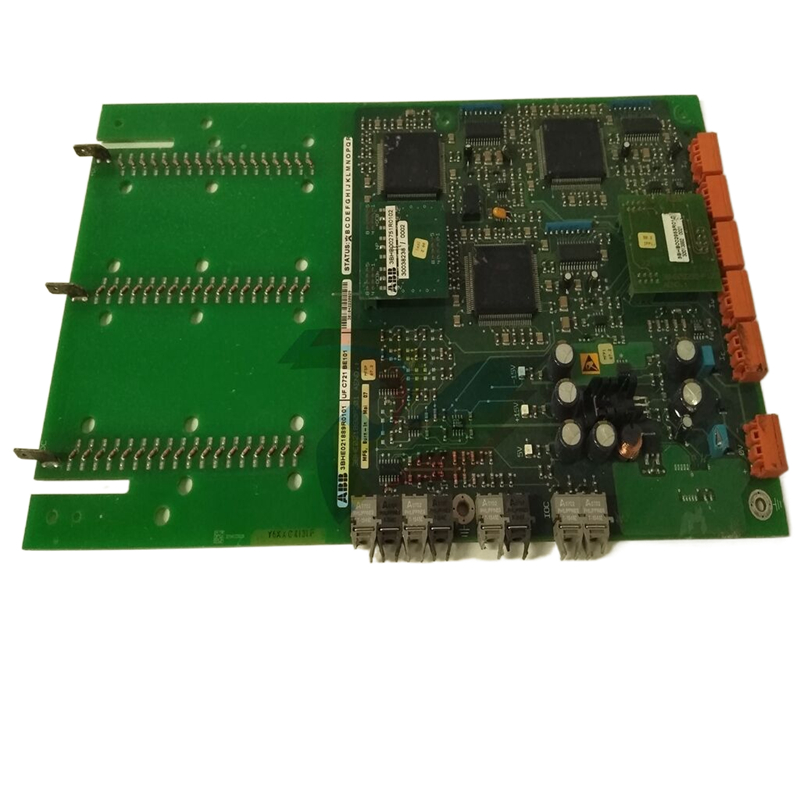
| User name | Member Level | Quantity | Specification | Purchase Date |
|---|






